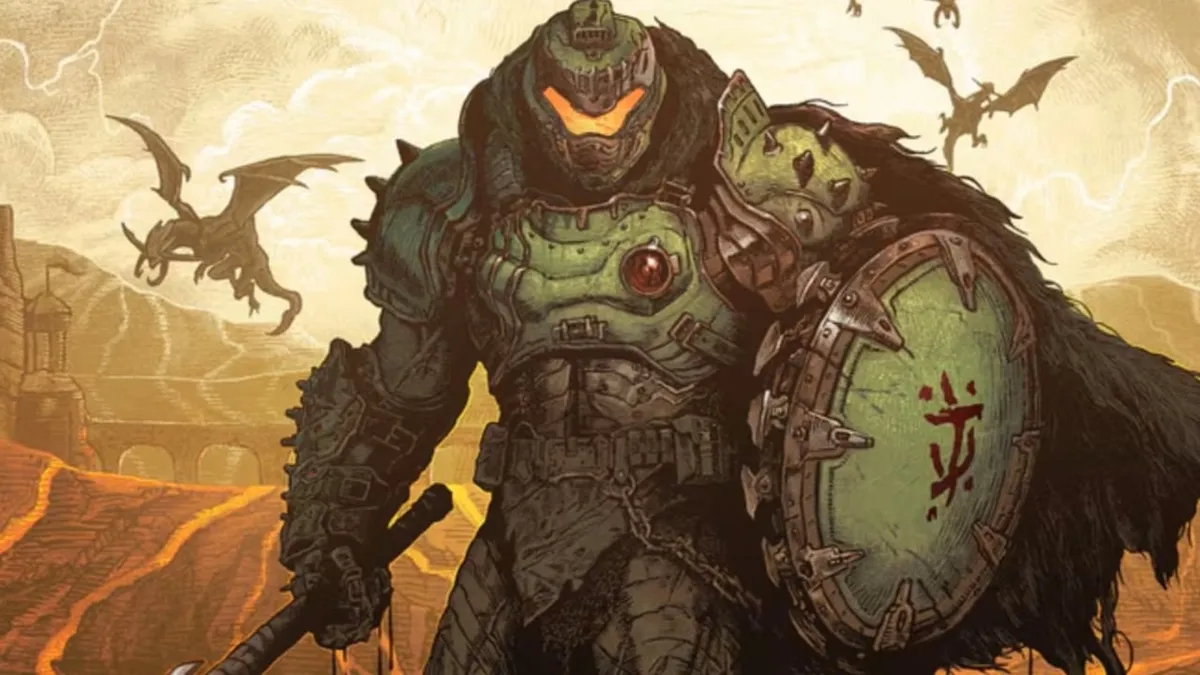
As a long-time fan, I had eagerly anticipated Doom: The Dark Ages and had even pre-ordered the game. However, my excitement quickly turned to disappointment when I learned that the physical edition was merely a download key. This revelation led me to reconsider my purchase; I decided to wait until the game becomes significantly cheaper. I’m sure many others share my sentiments regarding this decision.
One of the most significant barriers to entry for Doom: The Dark Ages is its demanding hardware requirements. The game necessitates an RTX-compatible graphics card equipped with at least 8GB of video RAM. This marks a major shift in the gaming landscape, as it’s the first title that outright prohibits gameplay on anything less than an RTX card. For players like me, with a mobile GPU (specifically the RTX 3050 with 4GB of video RAM) and using a Steam Deck, the game is virtually unplayable on PC.
While I considered purchasing the game on Steam, my current hardware limitations made it impractical. Interestingly, both Green Man Gaming and Fanatical are offering launch discounts on the game. Although I could opt for the PS5 version, my gaming habits have shifted since I earned the Platinum trophy in Rebirth. I find myself using the console less frequently these days.
Moreover, it’s important to note that Doom: The Dark Ages is available on Game Pass. This raises questions about its market performance compared to games like Oblivion Remastered, which players cherish for its replayability and modding potential. The immense player numbers for Starfield on Steam, despite its availability on Game Pass, further illustrate this point. Unlike Starfield, Doom lacks the same depth that encourages ownership and replayability.
The current narrative surrounding Steam numbers needs reevaluation. The trifecta of a high asking price (£70), the necessity for a ray tracing-capable GPU, and its availability on Game Pass have all contributed to the game’s low player count on Steam. Reports from players indicate that Doom: The Dark Ages may be the weakest entry in the modern trilogy. The radical gameplay changes have left many fans from previous iterations feeling disconnected.
While some may attribute the low player numbers to the game's hardware requirements, it’s essential to consider the broader landscape. According to the Steam survey, 10 out of the top 12 graphics cards support ray tracing. This indicates that holding onto a non-RT card may hinder performance, even in games that do not explicitly require it. Ultimately, upgrading is an inevitable part of PC gaming, akin to the transition when 3D cards became mandatory.
Interestingly, I've observed that Microsoft-published games often seem to suffer more from their presence on Game Pass compared to third-party titles. For example, Blue Prince launched on both Game Pass and PS Plus Extra, achieving a peak concurrent user count of 19K on Steam, significantly outperforming titles like Indiana Jones. This raises serious questions about the sustainability of the Game Pass model for future game development.
Despite being released just three days ago, Doom: The Dark Ages is already the subject of intense scrutiny across various platforms. The industry and commentators must refrain from hastily labeling games as failures based on initial Steam performance. Such reactions only perpetuate negativity and could adversely affect the discussions surrounding new releases.
In conclusion, while Doom: The Dark Ages has sparked considerable debate regarding its hardware requirements and market performance, it is essential for fans and commentators alike to approach these conversations with patience and understanding. The gaming landscape is ever-evolving, and so are the ways we engage with new titles.